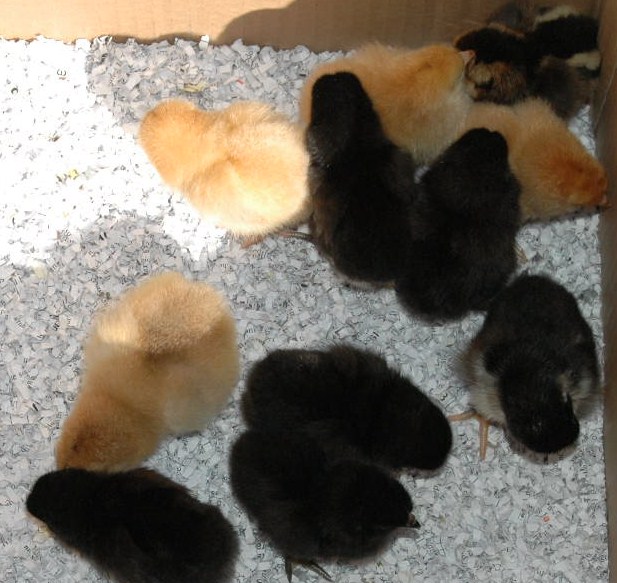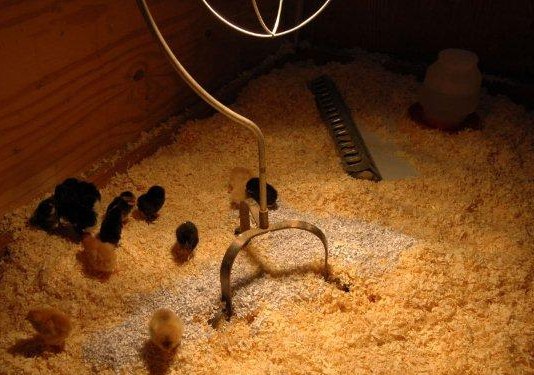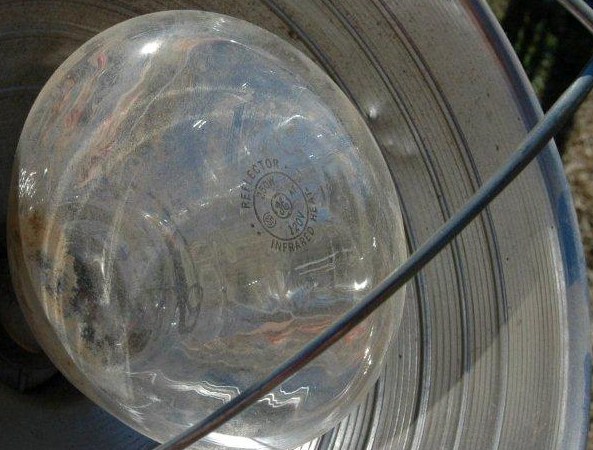Raising chickens is an important part of a long term plan for health, barter, and survival purposes. I will share with you my personal experience with raising chickens within a major metropolitan area.
Decide what kind of chickens you want to have for your specific purpose. It's a good idea to choose chickens that are mild mannered in nature and are good egg layers. There's a lot of information on the internet about the subject (for example, go to
http://www.backyardchickens.com/breeds/breed-chart for a chart that has many of the most popular breeds and their traits). You can order chicks on the internet for home delivery, check for chicks at your local feed store(s), or try craigslist in your local area to see what local breeders have available. You may want to get a couple more than you actually want to end up with as sometimes the chicks don't make it, or they end up being roosters. If you live in a rural area, you probably won't have any problem with keeping a rooster, but within many city limits, you can't have a rooster (mainly because they are too noisy).
I got my first chicks (also called pullets, which are female chickens that are under one year old) two and a half years ago from a local feed store when the chicks were a day old. You can purchase them when they are older, but I prefer to get them when they are just born so that I can raise them the way I want. The second batch I got yesterday (2/14/11) from a local breeder that I found on craigslist, as I was looking for a specific breed (see picture below):
The breed of chicks I wanted are called Red and Black Sex Links (commonly called Red and Black Stars) because they are mild mannered, non aggressive, and good egg layers. I ended up getting 6 Red Stars, 6 Black Stars, and 3 Marans. (Marans are good natured and good egg layers as well).

When you first get your chicks, you will also need to get a small feeder, a small waterer, some type of bedding (shredded newspaper, sand, dry leaves, or wood shavings - they love to root around in 'litter'), starter feed, and a heat lamp to keep the chicks warm. You can get almost all of these items at your local feed store.
Below is a 250 watt infrared light used to keep the chicks warm. You probably don't want to use a halogen bulb as this will get too hot and cook the chicks. The infrared bulb puts out nice even heat that will warm the area sufficiently without harming the chicks. The temperature needs to be kept at around 90 degrees at least for the first couple of weeks. If the chicks can't keep warm enough, they will die. But that is only for the first couple of weeks. When chicks grow up and are adults, they can withstand freezing temperatures, but don't do so well in extreme heat (more of this later)...
Starter Feed:
Wood Shavings:
The chicks should be kept in an enclosed area if they are outside so that they can be kept safe from any predator(s) and also to be kept warm. If kept inside, you can just keep them in a box or container with the heat lamp on them.
For the first couple of weeks all you need to do is make sure your chicks have their starter feed, plenty of fresh water, and heat. They will grow rapidly during this time.
I will provide more information as the chicks get older in the next couple of weeks, as they will change very quick and will have different needs as they grow.





































